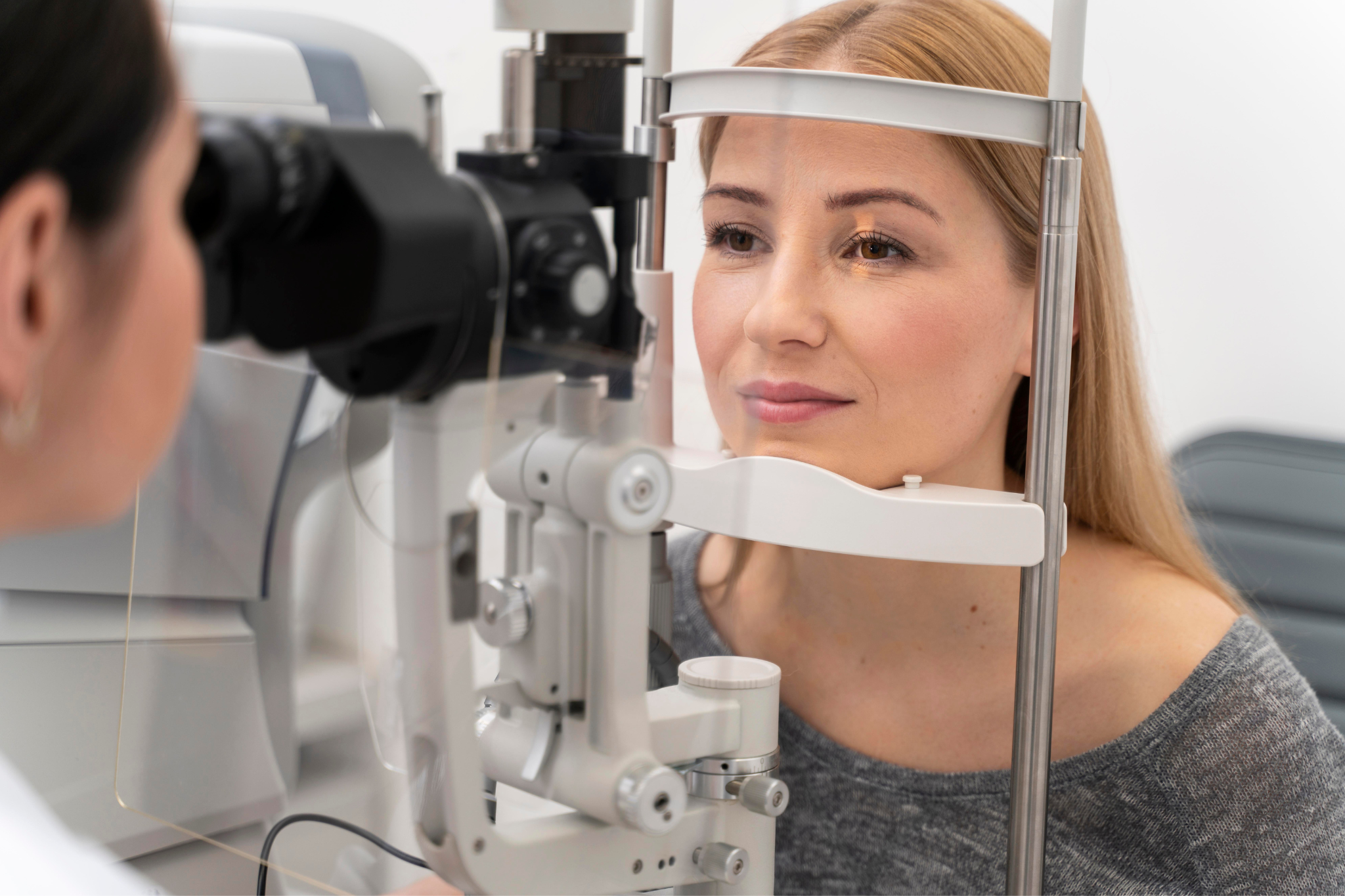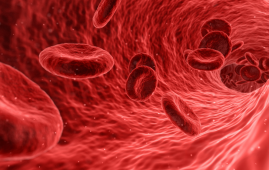

The results of a big comparison experiment financed by the National Institutes of Health show that either of the two most popular types of eyelid surgery can successfully treat trachomomatous trichiasis, a potentially blinding disorder where inward-turned eyelashes scratch the front of the eye. This study offers confidence that both methods can treat the problem, in contrast to earlier, smaller trials that suggested one of the popular surgical techniques had worse outcomes. Published in PLOS Neglected Tropical Diseases, the study was funded by the National Institute of Health (NIH) and the National Eye Institute (NEI).
“Some studies have reported post-operative trichiasis rates of 30% or higher for patients with trachomatous trichiasis following surgery, and repeat surgeries are more difficult,” said Emily Gower, Ph.D., University of North Carolina at Chapel Hill. “This trial sought to determine if we could decrease the risk of post-operative trichiasis by modifying the surgical procedure. We found that existing approaches result in better outcomes.”
Worldwide, trachomus trichiasis affects about 1.7 million people, primarily in impoverished and rural areas of Africa. Person-to-person contact spreads the bacteria Chlamydia trachomatis, which causes recurrent or chronic eye infections. In hot, arid regions of the world, trachoma is highly prevalent, and repeated infections can eventually cause scarring and eyelid deformity. since of this deformity, the eyelashes scrape the eye since the eyelid’s edge draws inward. Trichiasis can cause corneal clouding and possibly blindness if left untreated.
Surgery to rectify the inturning of the eyelid is the most common and effective treatment for trichiasis. This procedure can be carried out in one of two methods. A few smaller studies suggested that posterior lamellar tarsal rotation (PLTR), one of the surgical techniques, would be more successful, leading several African programs to start retraining physicians in its use. Furthermore, putting the surgical incision slightly farther from the edge of the eyelid (5 millimeters above the lid margin instead of 3 mm) may result in fewer recurrences, according to prior analysis of eyelids treated with the other surgery, bilamellar tarsal rotation (BLTR), but this change had not previously been tested. The current study assessed the risk of post-operative trichiasis and directly compared these three surgical techniques.
In this southern Ethiopian study, 4,914 individuals with one or both eyes affected by trichiasis (6,940 eligible eyes) were enrolled. Randomization was used to assign the subjects to get PLTR, BLTR at 5 mm incision height, or BLTR at 3 mm incision height. The patients were reassessed by the researchers for post-operative trichiasis at six weeks and 12–18 months. Post-operative trichiasis was present on 17% of eyelids on average. With a 3 mm incision height, there was no difference in the probability of developing post-operative trichiasis between the two procedures; however, patients who had the 5 mm incision height BLTR had a considerably higher chance of developing post-operative trichiasis.
For more information: The impact of modified incision height and surgical procedure on trichiasis surgery outcomes: Results of the maximizing trichiasis surgery success (MTSS) randomized trial, PLOS, https://doi.org/10.1371/journal.pntd.0012034
more recommended stories
 Fat-Regulating Enzyme Offers New Target for Obesity
Fat-Regulating Enzyme Offers New Target for ObesityKey Highlights (Quick Summary) Researchers identified.
 Spatial Computing Explains How Brain Organizes Cognition
Spatial Computing Explains How Brain Organizes CognitionKey Takeaways (Quick Summary) MIT researchers.
 Gestational Diabetes Risk Identified by Blood Metabolites
Gestational Diabetes Risk Identified by Blood MetabolitesKey Takeaways (Quick Summary for Clinicians).
 Phage Therapy Study Reveals RNA-Based Infection Control
Phage Therapy Study Reveals RNA-Based Infection ControlKey Takeaways (Quick Summary) Researchers uncovered.
 Pelvic Floor Disorders: Treatable Yet Often Ignored
Pelvic Floor Disorders: Treatable Yet Often IgnoredKey Takeaways (Quick Summary) Pelvic floor.
 Urine-Based microRNA Aging Clock Predicts Biological Age
Urine-Based microRNA Aging Clock Predicts Biological AgeKey Takeaways (Quick Summary) Researchers developed.
 Circadian Control of Neutrophils in Myocardial Infarction
Circadian Control of Neutrophils in Myocardial InfarctionKey Takeaways for HCPs Neutrophil activity.
 E-Cigarette Use and Heart Attack Risk in Former Smokers
E-Cigarette Use and Heart Attack Risk in Former SmokersKey Takeaways for Clinicians and Nurses.
 36-Week Pre-eclampsia Screening May Reduce Term Risk
36-Week Pre-eclampsia Screening May Reduce Term RiskA New Preventive Strategy for Term.
 Cardiovascular Risk and Sudden Cardiac Death in Diabetes
Cardiovascular Risk and Sudden Cardiac Death in DiabetesRising Sudden Cardiac Death (SCD) Risk.

Leave a Comment